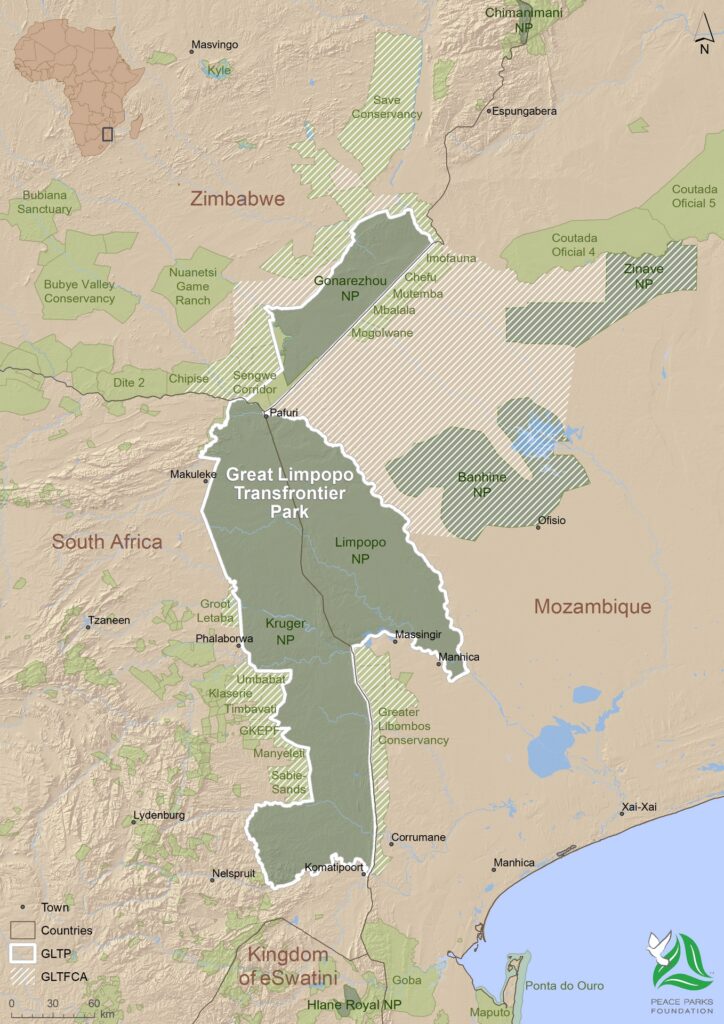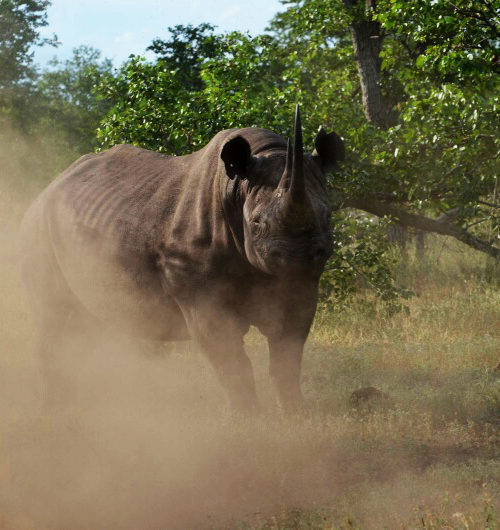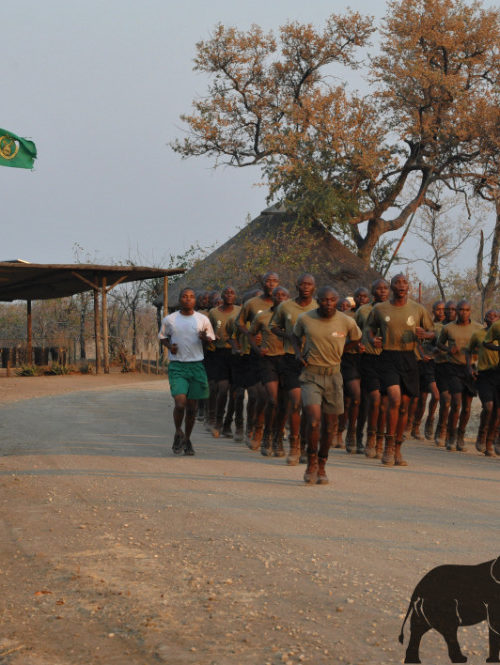Conservation areas like Gonarezhou National Park are directly impacted by the areas around them, both positively and negatively. Edge effects, mostly driven by land change can have a serious influence on conservation efforts within a park. Despite this, humans are an integral part of the landscape and have been for centuries, equally so the wildlife and the ecosystems and processes on which we all depend. Thus, effective and sustainable conservation requires scale beyond just the Parks borders in order to safeguard the ecosystem services, restore natural processes and uplift communities around the Park. Our connectivity strategy takes 3 main approaches:
Landscape Connectivity: Gonarezhou, through its wildlife gaps, provides landscape connectivity for wildlife by linking three different ecosystems. Most wildlife that moves within the GLTCA have utilized the existing corridors as a passage. Over the years, the Sengwe-Tshipise corridor has proved to be a successful trans-highway solution for elephants, wild dogs and even lions that cross from Kruger National Park into Gonarezhou and vice versa. Wildlife corridors inside Zimbabwe and as part of the Transfrontier initiative are critical for ecosystem resilience, and options for their viability and long-term prospects need to be actively pursued. Linkages to Banhine and Zinave National Parks are seen explicitly as offering opportunities to preserve landscape-level ecosystem processes.
Cross-Border Tourism: As part of international cooperation, along with interregional, transitional and transfrontier cooperation, cross-border tourism shares the same historical and cultural traditions and attractive natural landscapes, such is the case with us- Gonarezhou National Park, Kruger National Park and Limpopo National Park. In this case, all three national parks can benefit from cooperation by creating greater diversity and differentiation of a range of tourism and environmental products while creating economies of scale and promoting more effectively.
Community Development: In Zimbabwe, the Gonarezhou is primarily enclosed by community land adjacent to the Malilangwe Trust to the north and the Malipati Safari Area to the south. Some of the top CAMPFIRE sites in Zimbabwe lie along the border of Gonarezhou and offer communities the opportunity to benefit from wildlife, be active stewards of the land, and share wildlife conservation and management responsibility.





